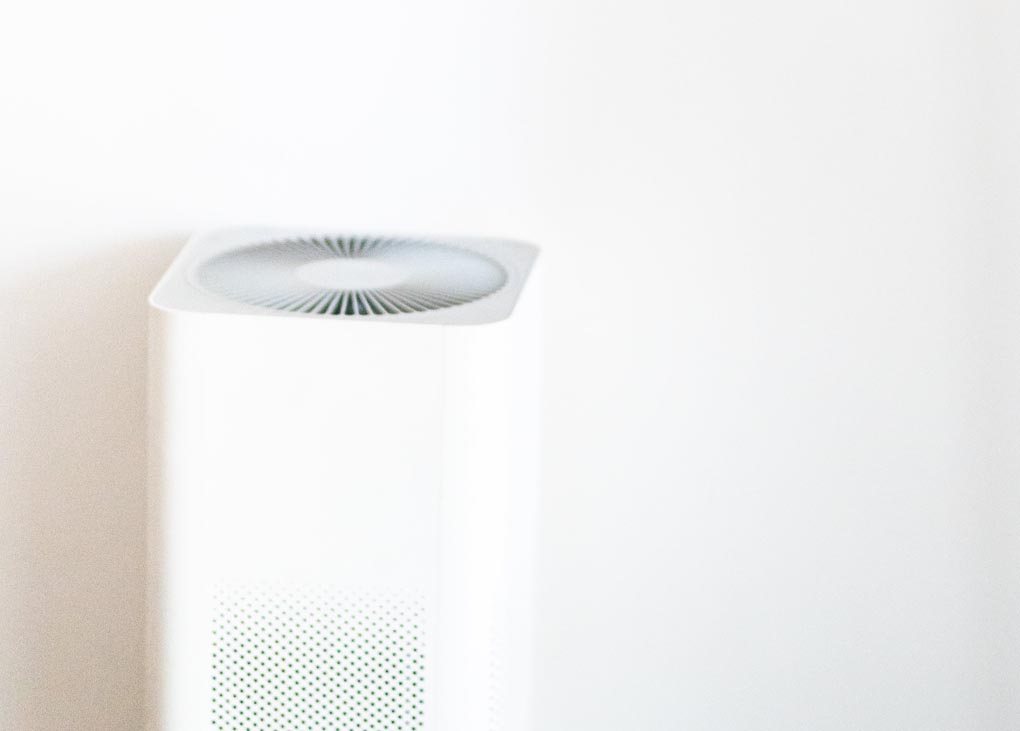For many years, and particularly since the COVID pandemic, experts have promoted the use of air filtration and disinfection to prevent the spread of illnesses indoors. But a study published in Preventive Medicine questions this approach, arguing that technologies designed to make social interactions safer in indoor spaces are not effective in the real world.
A team from the University of East Anglia reviewed pre-COVID research on air filtration, germicidal lights and ionisers. This included 32 observational and experimental studies on the topic, conducted between 1970 and 2022.
According to the team, the research showed that air filtration and disinfection technologies did not reduce either the frequency of illnesses or their severity.
“In short, we found no strong evidence that air treatment technologies are likely to protect people in real world settings,” says lead researcher Dr Julii Brainard.
“There is a lot of existing evidence that environmental and surface contamination can be reduced by several air treatment strategies, especially germicidal lights and high efficiency particulate air filtration (HEPA). But the combined evidence was that these technologies don’t stop or reduce illness.
“Our findings are disappointing – but it is vital that public health decision-makers have a full picture.”
Professor Paul Hunter has also written about the study at The Conversation, addressing questions about the pre-COVID focus of the research, and the potential interaction of ventilation in the findings. He also highlights near-field transmission – where airborne pathogens are transmitted during close contact between people – as a prime reason that air treatment technologies are not effective.
“The balance of real-world evidence is that air treatment technologies do not reduce the risk of becoming ill from a respiratory infection like COVID,” writes Prof. Hunter. “There is a little more evidence that increased ventilation may reduce that risk, but the evidence is far from compelling.”
More information on the study is available at the University of East Anglia website.
Photo by Cats Coming
 Mark Vender
Mark Vender


Leave a Reply